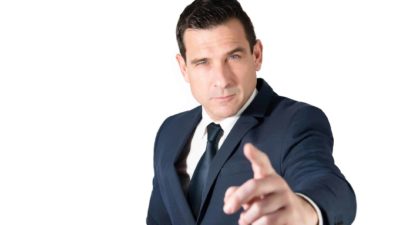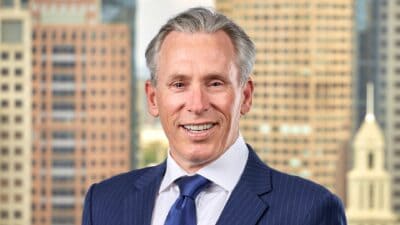Ask A Fund Manager
The Motley Fool chats with fund managers so that you can get an insight into how the professionals think. In this edition, Fidelity International portfolio manager Kate Howitt reveals her 2 biggest holdings right now, and how they're taking advantage of the decarbonisation and online shopping trends.
Investment style
The Motley Fool: How would you describe your Fidelity Australian Opportunities fund to a potential client?
Kate Howitt: What I'm trying to do is a "one stop shop" for Australian equities. It's a very broad form of portfolio construction. I've got really large stocks, I've got really small stocks, I've got growth stocks, I've got value stocks, I've got mature stocks, I've got early stage stocks.
Australia is such a narrow market that I'm trying to pick the best of all of those sorts of opportunities, rather than have a really narrow approach… If you're a global manager or something, you can really narrow down and say, "I'm looking for this precise sort of opportunity." But in Australia, I'm trying to find the best of all the opportunities out there and keep it diversified so that it's an all-weather fund. So it will do well when the market is doing well, but hopefully not do as badly when the market is falling.
ASX shares taking up the most portfolio space
MF: What are your two biggest holdings?
KH: Right now, it's Macquarie Group Ltd (ASX: MQG) and Goodman Group (ASX: GMG).
There's that old saying that in a gold rush, you don't want to own the gold miners, you want to own the guys selling picks and shovels… That's how I think about both of these stocks.
Macquarie is a "picks and shovels" play on decarbonisation.
We know that over the next 25 years, the global economy has to spend at least $100 trillion to decarbonise. That is a lot of investment, that's a lot of projects, and you are going to have developers, vendors, governments, a lot of counterparties around all of those projects, and all of those projects need a trusted advisor or a seed capital provider. So Macquarie has just been setting itself to be right at the heart of a huge and growing investment pipeline that the world's got.
They have been focusing their recruitment, not on finance people who can do a DCF, that's become fairly commoditised. They're focusing on scientists, engineers — if they understand the real nuance of how these new and emerging technologies work, then they'll be better placed to assist on the financing of that. So that just has a very, very long runway of growth ahead of them.
Goodman is a "picks and shovels" play on e-commerce and the shift towards sustainability.
If I buy something off Amazon.com Inc (NASDAQ: AMZN), then it comes in a box from the US. That's different to if it goes on a pallet and then gets stuck on the shelves of Woolworths Group Ltd (ASX: WOW)… All of those e-commerce players, Amazon, and everyone competing with Amazon, need to have distribution centres and they need to be close [to the city] so that they can give me my next-day delivery or same-day delivery.
Goodman was early on to this trend and has been getting their footprint on these urban infill locations. And now the trend is moving to densification. These things used to be sheds. Now they're very sophisticated multi-story distribution centres or data centres. So the build quality is going up. It's a kind of premiumisation strategy of this [industrial] land.
Also, that premiumisation part of that is also making these things more sustainable. Lowering the carbon intensity of setting them up so that the distribution operations can be lower carbon intensity. Goodman is another way to get exposure to that trend too.









